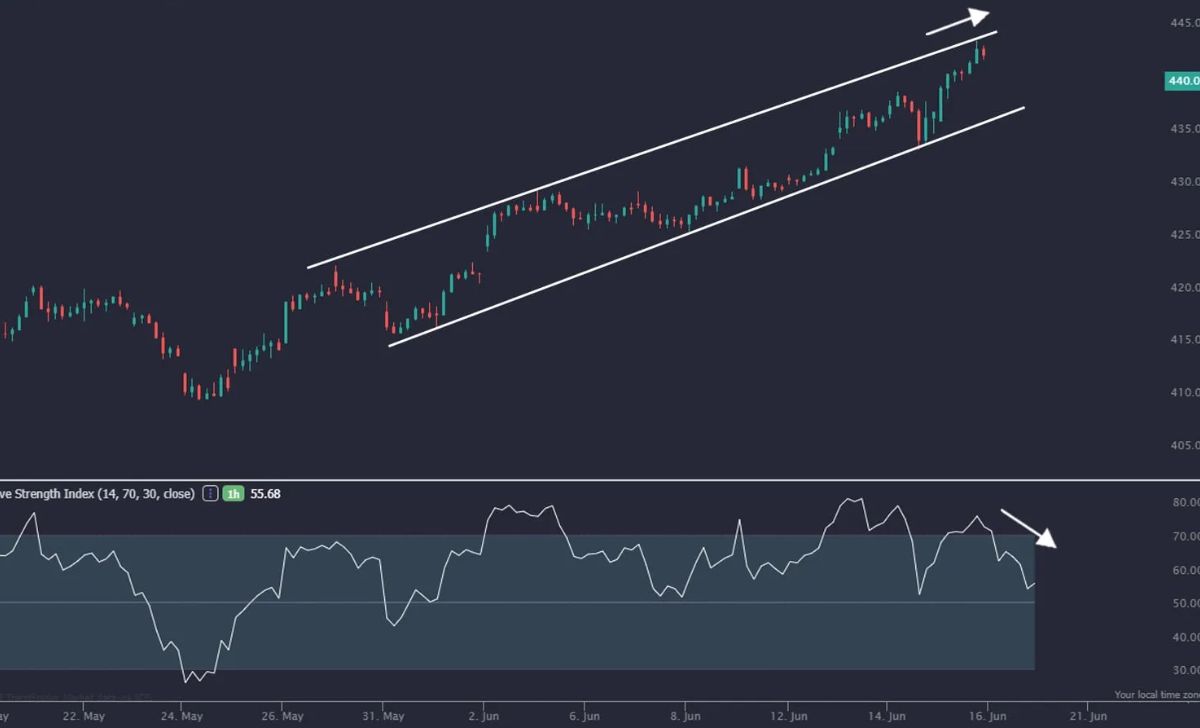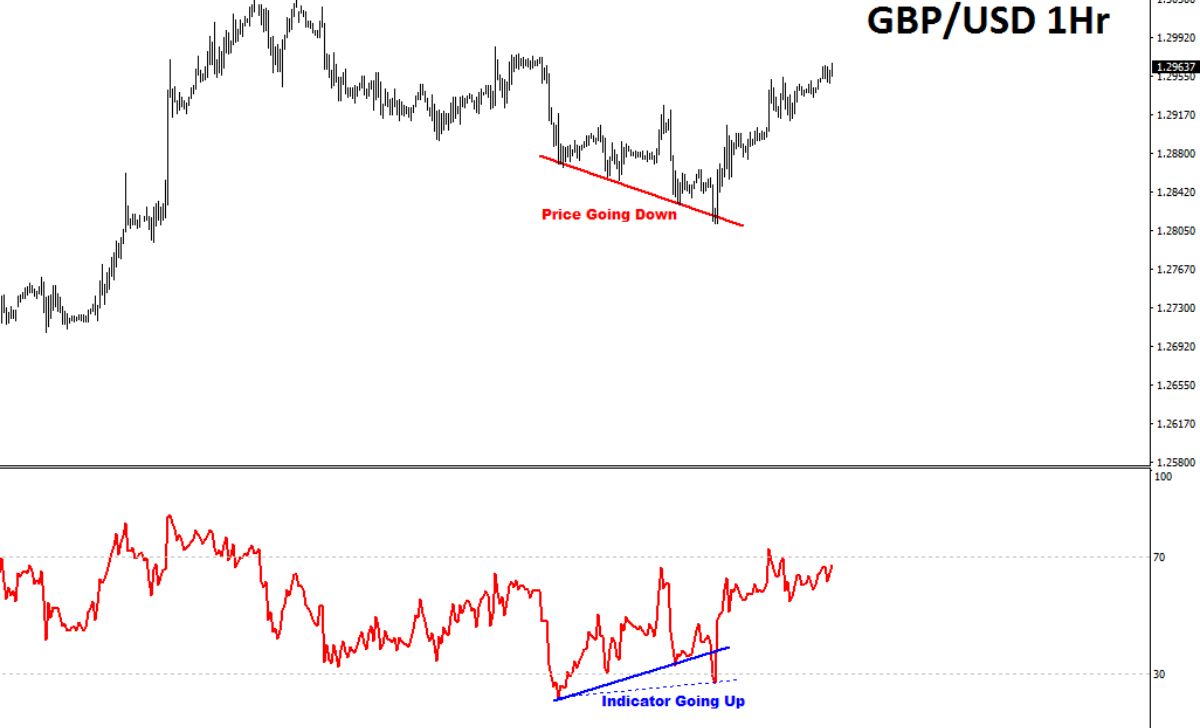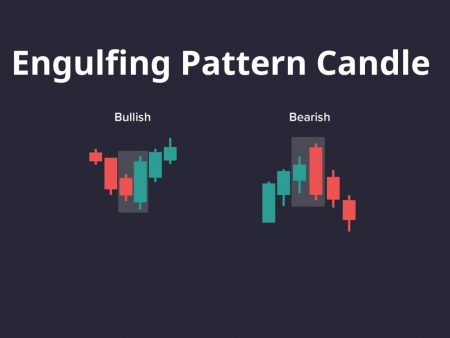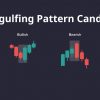Divergence Signal is a key concept in technical analysis that indicates a potential reversal in market trends by comparing price movements and momentum indicators. By recognizing divergence signals, traders can make informed decisions about entering or exiting trades.
Divergence Signal is a powerful tool in trading that helps identify possible market reversals. To fully understand how to use it for better trading decisions, read the complete article on Forex Bit.
What is a Divergence Signal?

A divergence signal occurs when there is a discrepancy between the price action of an asset and the indicator used to analyze it, typically an oscillator or momentum indicator. This discrepancy can signal a potential reversal in the market, making it a valuable tool for traders.
In simple terms, divergence happens when the price of an asset moves in one direction, but the momentum indicator moves in the opposite direction. This can indicate that the current trend may be losing momentum, giving traders an opportunity to adjust their positions.
Types of Divergence in Trading

There are two primary types of divergence in trading: regular divergence and hidden divergence.
Regular Divergence
Regular divergence is the most commonly used type in trading. It occurs when the price makes a higher high, but the indicator forms a lower high, or vice versa. This indicates a weakening of the current trend and suggests that a reversal may be imminent.
- Bullish Regular Divergence: This happens when the price makes a lower low, but the indicator forms a higher low. This is a sign that the selling pressure is weakening, and a price reversal to the upside may occur.
- Bearish Regular Divergence: This occurs when the price makes a higher high, but the indicator forms a lower high. It suggests that buying pressure is weakening, and a downward price reversal could be on the horizon.
Hidden Divergence
Hidden divergence is less common but equally important. It occurs when the price makes a higher low, but the indicator forms a lower low, or vice versa. Unlike regular divergence, hidden divergence often signals a continuation of the current trend rather than a reversal.
- Bullish Hidden Divergence: This happens when the price forms a higher low, but the indicator forms a lower low. It indicates that the uptrend is likely to continue.
- Bearish Hidden Divergence: This occurs when the price makes a lower high, but the indicator forms a higher high. It suggests that the downtrend is likely to persist.
How to Use Divergence Signals in Trading

To use divergence signal effectively, traders must rely on momentum indicators such as the Relative Strength Index (RSI), Moving Average Convergence Divergence (MACD), and Stochastic Oscillator. These indicators help confirm the presence of divergence and offer additional insights into market conditions.
RSI Divergence
The RSI is one of the most popular momentum indicators used to identify divergence signals. When using RSI, traders look for discrepancies between the price action and RSI levels. For instance, if the price is making new highs, but the RSI fails to follow suit and shows lower highs, this is a bearish divergence signal.
MACD Divergence
The MACD is another popular tool for detecting divergence signals. A bullish divergence occurs when the price makes a lower low, but the MACD shows a higher low. This indicates that the bearish momentum is weakening, and a potential price reversal may occur.
Stochastic Oscillator Divergence
The Stochastic Oscillator is a momentum indicator that compares an asset’s closing price to its price range over a specified period. Traders watch for divergence between the price and the Stochastic Oscillator. A divergence in the oscillator suggests a potential reversal, either bullish or bearish.
Best Divergence Indicator for Traders

While there are many indicators available, the best divergence indicator depends on your trading style and the market conditions. However, the most commonly used divergence indicators are:
- RSI: Ideal for identifying overbought and oversold conditions, making it a great tool for spotting divergence signals.
- MACD: Highly effective for both trend-following and divergence signals, making it a versatile choice for many traders.
- Stochastic Oscillator: Best for identifying overbought and oversold levels and spotting divergence in shorter timeframes.
Combining Divergence with Other Technical Indicators
While divergence signals are powerful, relying solely on them can sometimes lead to false signals, especially in choppy or sideways markets. To increase the accuracy of your trades, it’s essential to combine divergence with other technical analysis tools.
For instance, traders often use support and resistance levels, trend lines, or moving averages in conjunction with divergence signals to confirm the strength of a potential reversal or continuation. Using multiple indicators can help filter out false signals and provide a clearer picture of market conditions.
Benefits of Using Divergence Signals in Trading
There are several key benefits to using divergence signals in your trading strategy:
- Trend Reversal Alerts: Divergence signals provide early warnings of potential market reversals, giving traders the opportunity to adjust their positions.
- Risk Management: By identifying potential reversals early, traders can set stop-loss orders and manage risk more effectively.
- Improved Market Timing: Divergence helps traders identify optimal entry and exit points, improving the timing of trades.
- Versatility: Divergence signals can be used in all market conditions and across different timeframes, making them suitable for day traders and long-term investors alike.
Incorporating divergence signals into your trading strategy can greatly enhance your decision-making. Understanding these signals helps you stay ahead of market trends and spot potential reversals. To learn more about Forex trading and master these techniques, start your journey with Forex Bit today!

As a Market Research Analyst with over 4 years of experience, I specialize in gathering and analyzing data to identify market trends and consumer behavior. My insights have helped companies make data-driven decisions and develop effective strategies to stay competitive in the financial sector.
Email: [email protected]












